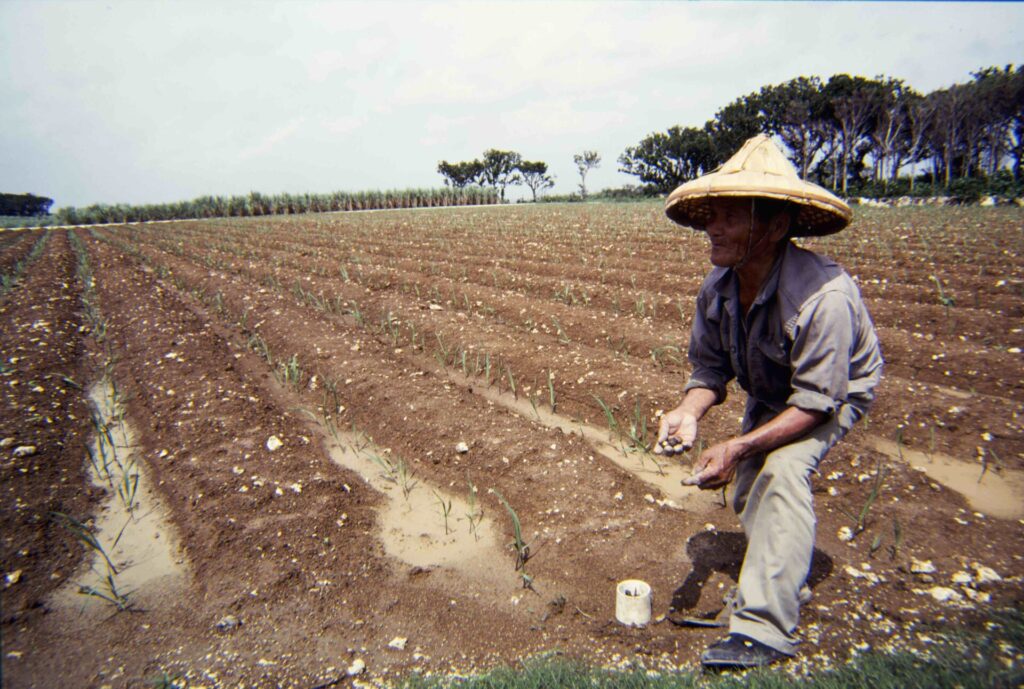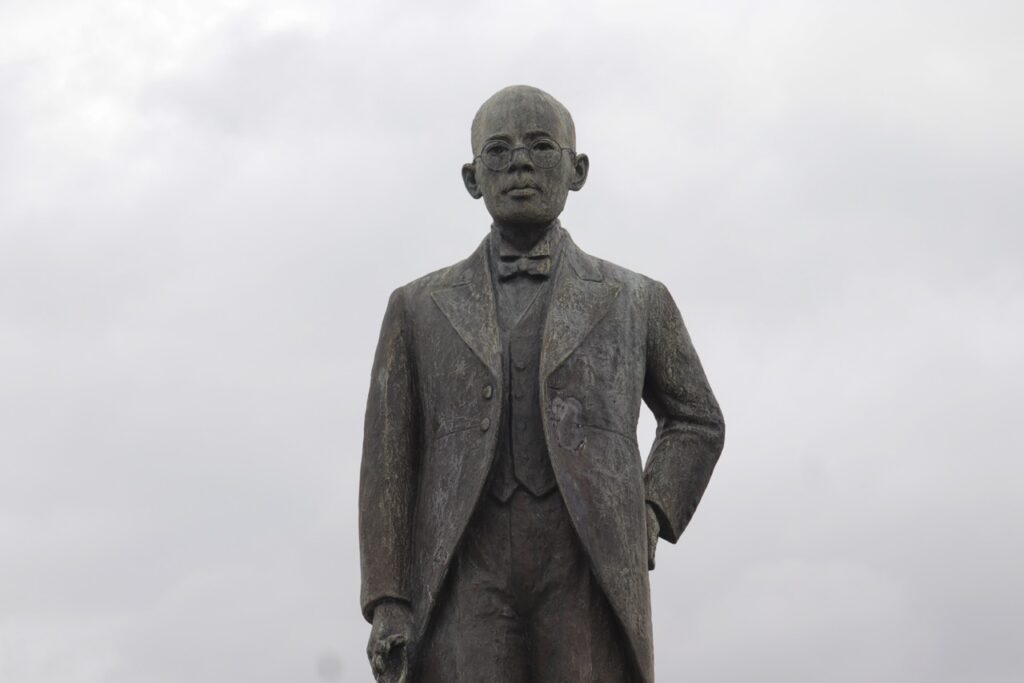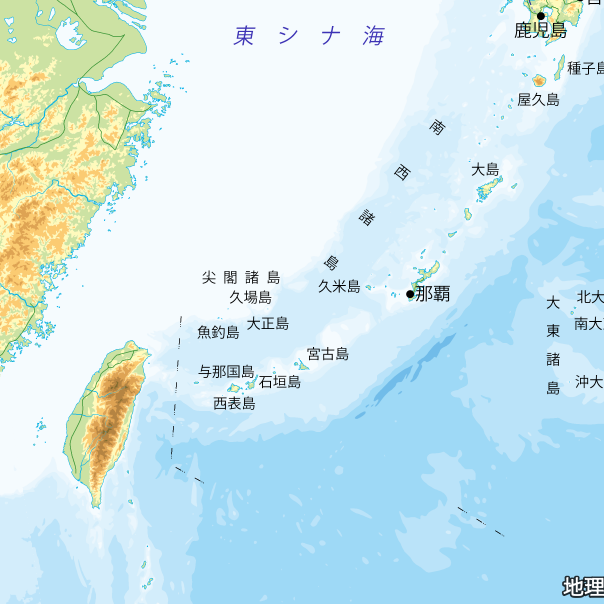Military Labour

This photo belongs to the Okinawa Prefectural Archives
Working in the military bases is called “military labor” in Okinawa. Still, to explain the origin of this phrase we must refer back to the uniqueness of the development of the post-war Okinawan society.
The defeat in World War II is set to be on August 15th 1945 based on the “Japanese” common knowledge, however to the Okinawan citizens, it had begun in April of the same year when they were taken as captives one by one. From their perspectives, it only meant that the dominator shifted from the Japanese Army to the U.S. Army (at the internment camps); the only difference was their uniforms and languages. It could well be said that the locals were just relocated. Most of the local communities were destroyed and the entire island was occupied by the U.S. army hence, there was no need to speak of a “base.” The American soldiers were called “troops,” just like the time with the Japanese Army.
In the internment camps, the U.S. military organized the prisoners and put them to work. They gave them food instead of money. This was the beginning of “military labor.” After the captives have been released from the camps back to their homes, military labor as employment began to get paid for.
The restoration of public society came late. (For example, houses only had all-night lighting from 1955, ten years after the war.) Thus, military wage levels were comparatively high, and given that there was always a chance to benefit from the diversion of military goods, many teachers switched their careers to military labor during the first five years post-war.
While we are at it, the theft of U.S. military goods was called a “kirikomi (raid)” and the outcomes were called “senka (spoils);” these terms are relics of the Japanese military, lacking any feelings of guilt.
When the People’s Republic of China was established in 1949, the U.S. military started to build large strategic bases in Okinawa. The term “base” took its root a little before 1960. Military labor started to occupy a huge part of Okinawa’s industrial structure, while the notions of dependence on or withdrawal from the base economy became a trend. It is said that the U.S. military’s replacement of the B yen with U.S. dollars in 1958 was to avert the inflation resulting from military labor.
But, only in the immediate post-war period did they experience economic prosperity; a salaryman with no hopes for promotions regardless of how loyal they are, without any pride in what they produced, yet suffered the psychological burden of being considered the offender of the Vietnam War. While the private societies developed, the working conditions for military labor remained discriminative, leading to the first formation of a labor union in 1960, and of a Zengunrou1 based on all of Okinawa in July 1963. However, such a labor movement was considered communist by the U.S. military and its formation involved extreme difficulties. Its history should be adequately noted as the “Rise of All Japan Garrison Forces Labor Union in Okinawa”.
Editor’s Note:
- Okinawa Military Base Worker’s Union.





































































































































































































































